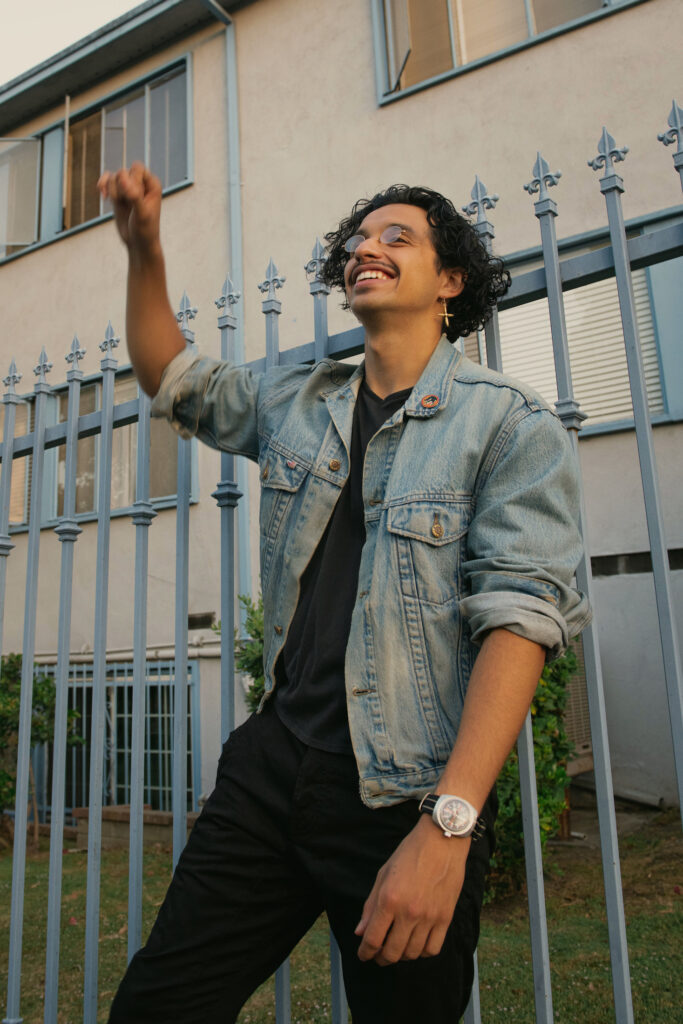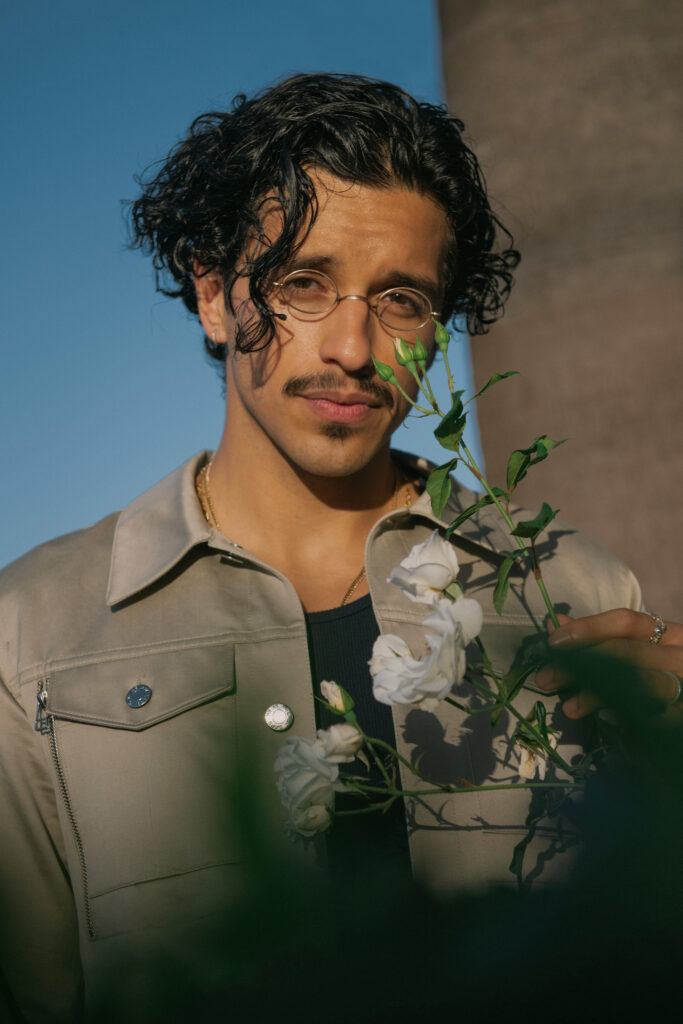SEBASTIAN CHACON
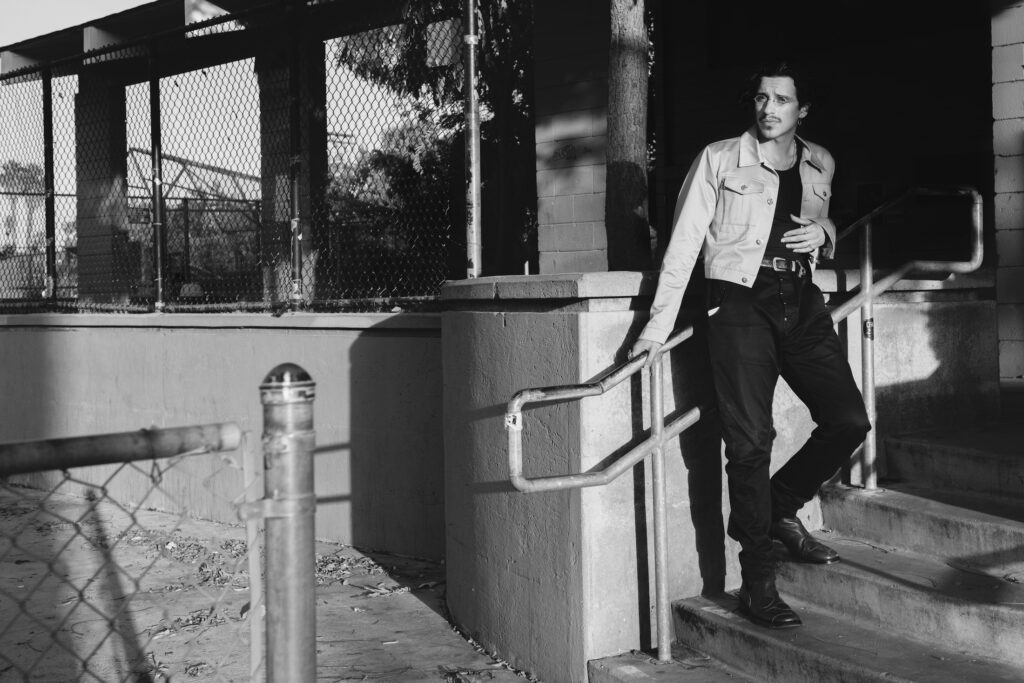
Sebastian Chacon is an actor who has appeared in recent hit-series like Pose, Narcos, and most recently Penny Dreadful City of Angels. In his most recent project, Chacon plays Fly Rico, a smooth Pachuco leader in 1930s Los Angeles. His new role explores the intense culture clash at the turn of the decade, bringing to light Latinx struggles that are often overlooked in mainstream media. I had the opportunity to ask the actor about his career, his new life in Los Angeles, and what it was like to explore a new side of his heritage as Fly Rico.
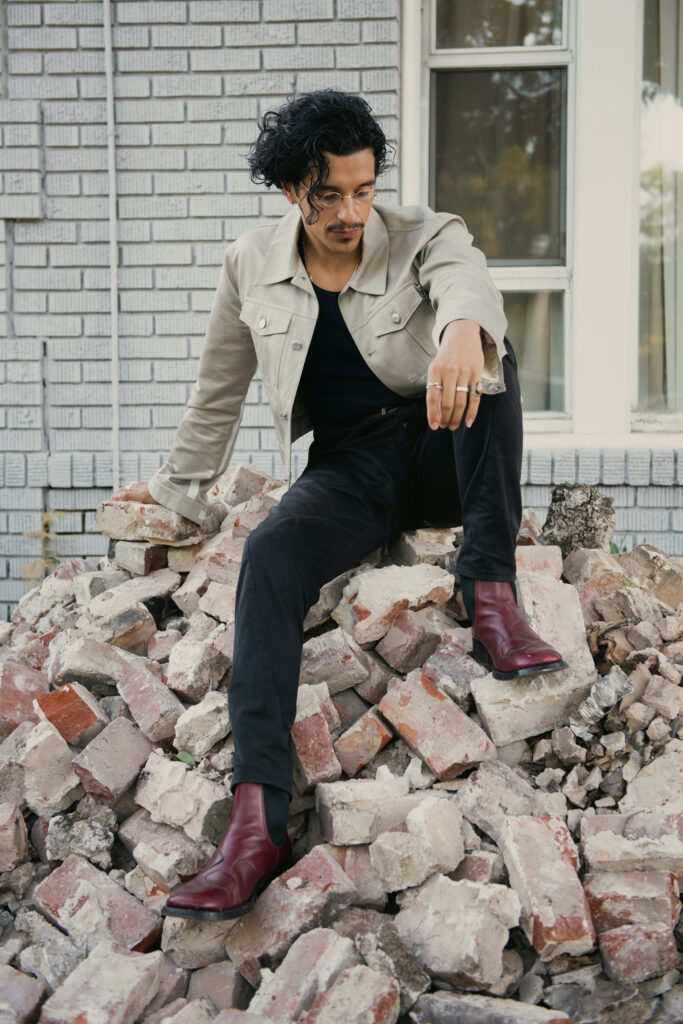
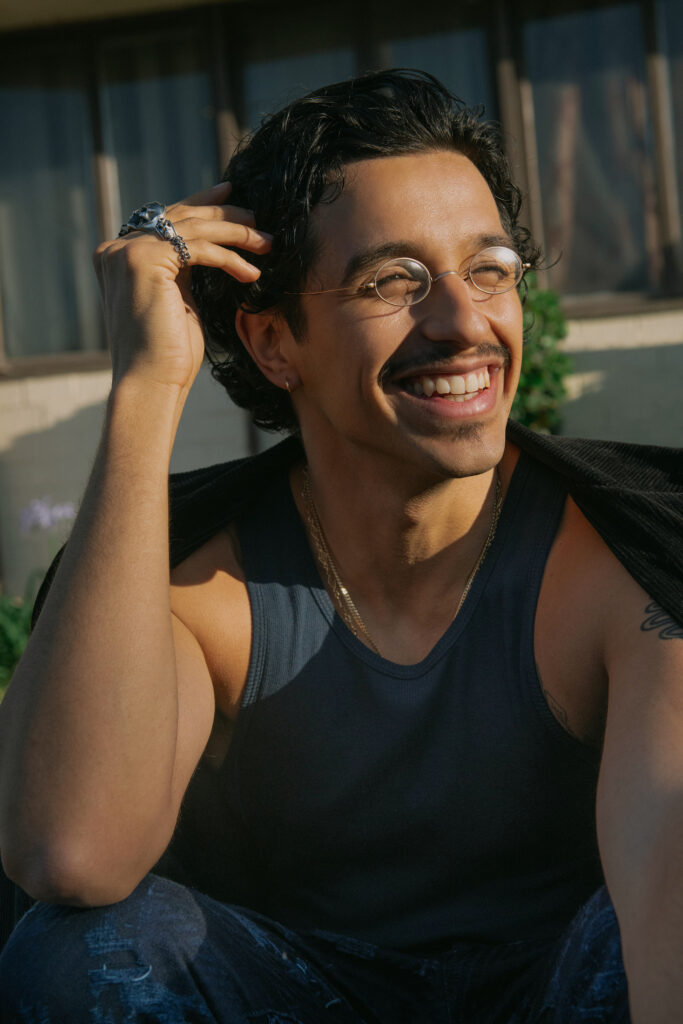
Interview by Juan Marco Torres.
JMT: What has it been like being in Los Angeles during the quarantine and recent protests?
SC: Like most New Yorkers, I’d spend very little time in my apartment. What I love about NYC is seeing theater, midnight movie screenings, galleries, museums, dive bars, crowded clubs, late-night chinese food… y’know… people things. None of those exist during quarantine.
I’ve been grateful to be quarantining here in LA, where I have a house full of friends, a yard, a car, a washing machine and a refrigerator that makes crushed ice. But I’ve seen the world through the lens of New York my whole life. To not be there during such a tumultuous and historic moment is heartbreaking. My friends and family tell me I’m lucky– that New York is a battleground right now, but I kind of want to be on the front lines.
JMT: You’re a native New Yorker. Where is your heritage from?
SC: I was born in Jamaica, Queens. My father is from Colombia and my mother is Ecuadorian. They met in an English class on 43rd street, by Times Square.
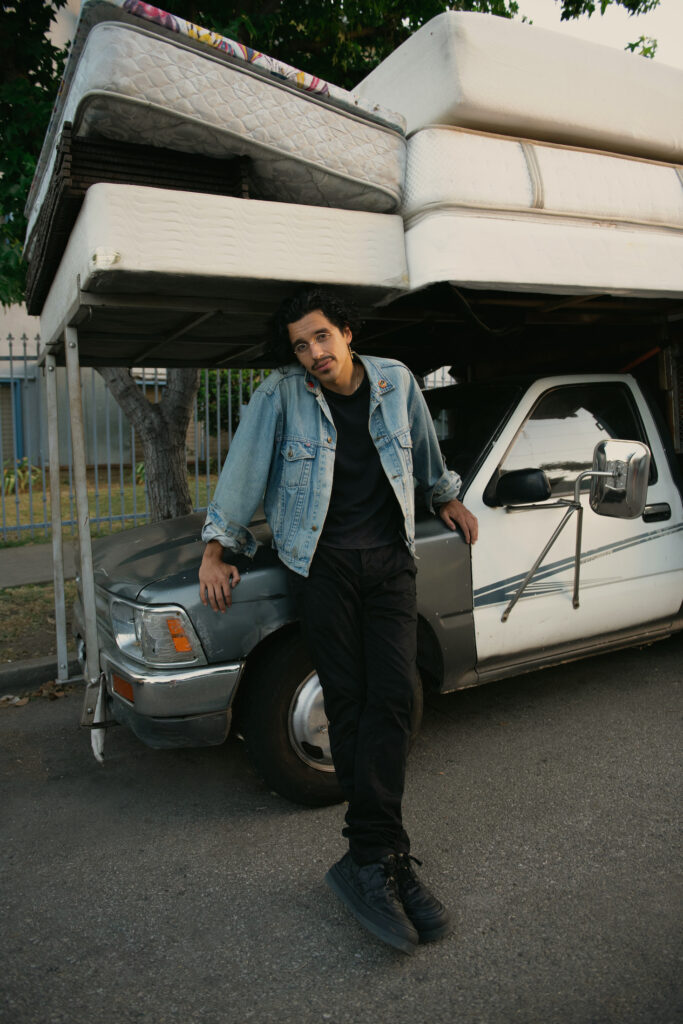
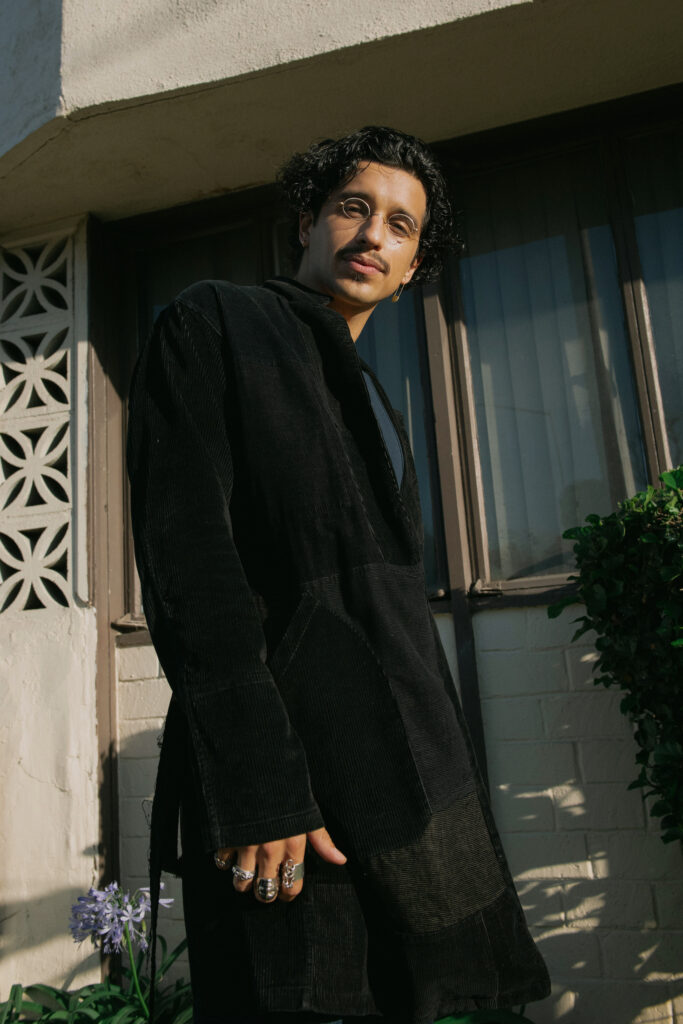
JMT: Can you share how your acting career took off after you attended NYU?
SC: It was a grind, man. I was constantly doing short films and tiny plays for no money. I would do experimental performances with friends in subway cars, in parks, all over. I worked with The Public Theater, performing Shakespeare in various prisons, shelters, and community centers. My first TV role was on this show called “The Get Down”, where I was originally an extra, and improvised all my lines. I played bit parts in a zillion different shows. Then guest star roles, then recurring. I’d get tired of hustling in film and TV, and would take breaks to do theatre instead. I booked my first pilot on a lunch break while rehearsing a Spanish adaptation of Romeo and Juliet. I thought that was it, man. I’d finally “made it”. But it didn’t get picked up. A million self tapes, auditions and callbacks later, I’ve built some semblance of a career…?
JMT: You play a smooth Pachuco leader in Penny Dreadful City of Angels called Fly Rico. How did you prepare for this role?
SC: Researching this role was complicated. There is an excellent written history of Pachuco culture, but there are very few recordings of what pachucos actually sounded like or acted like in the 1930s. At the time, prohibitive costs made it very uncommon for a lower-class chicano person to have their voice recorded, let alone for them to be put on film. Most of my resources were from when these people were much older and they’d put their wild younger years behind them.
I’d listen to my playlist of moody old-school latin jams: Chavela Vargas, Mercedes Sosa, La Lupe. I’d read accounts of what it was like to grow up on the streets at the turn of the century. I watched “Scarface” and “Angels with Dirty Faces”, movies that Rico and his gang would have adored. I’d read poems from José Montoya and Marcela Christine Lucero-Trujillo. Anything to get into the Fly Rico mindset. And then putting on the suit and shoes and jewelry does the other half of the work for me.
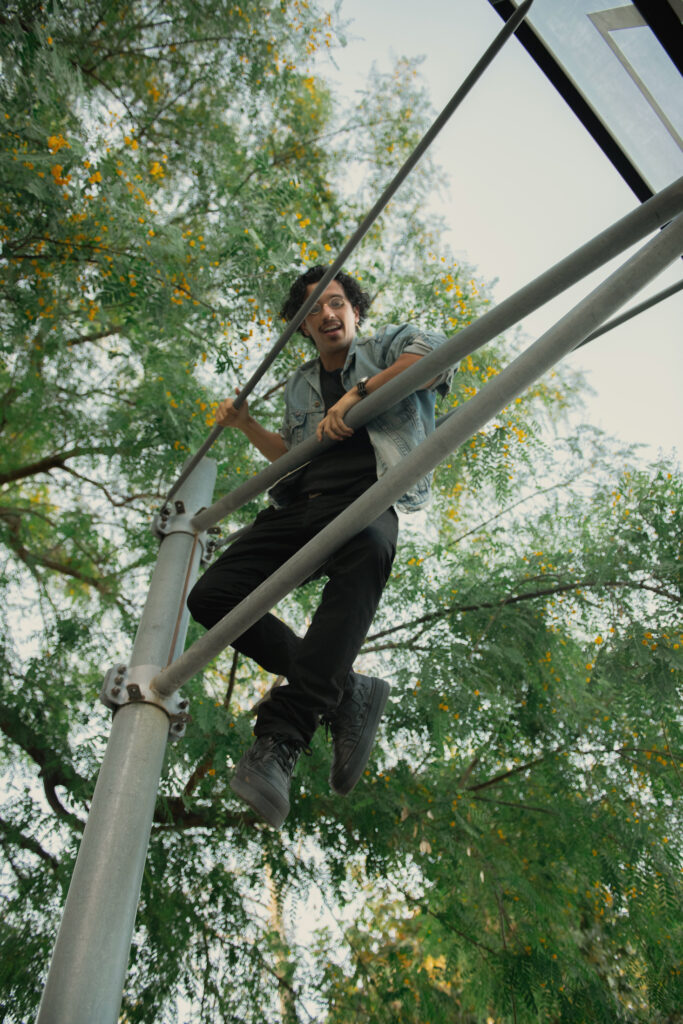
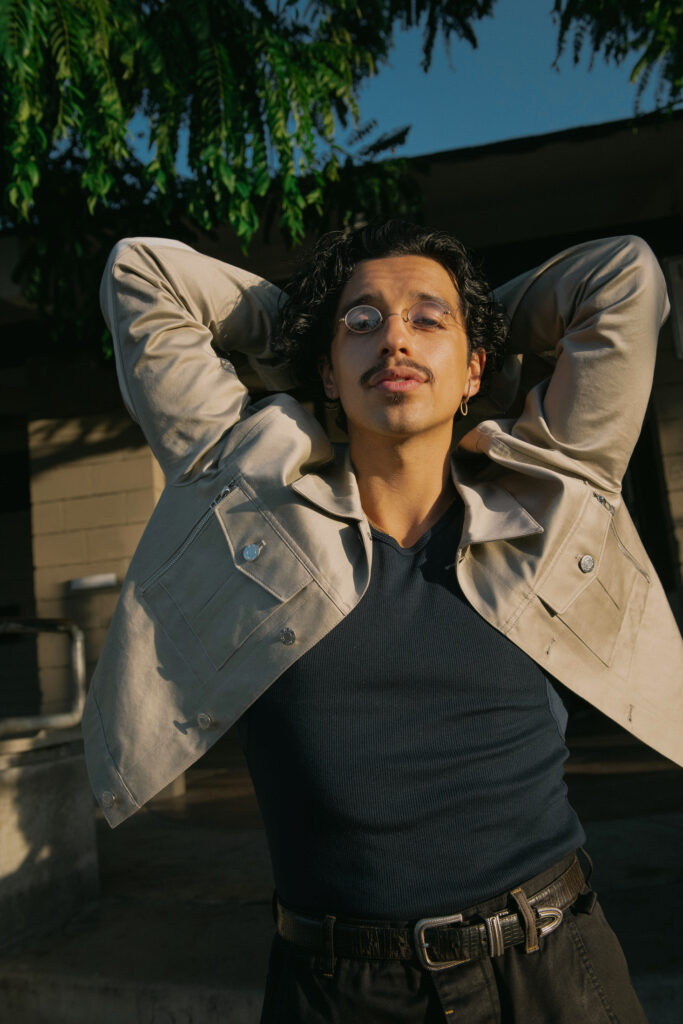
JMT: What drew you about this character?
SC: I mean, what’s not to like? Rico oozes elegance and pride. Despite appearances, he is a thinking man, and never considers violence first. He values the unique lifestyle that he’s created for himself, and doesn’t throw it all away so easily. And he’s so damn cool.
Also Latinx people in this country are frequently depicted in TV and film as somewhat of a recent phenomenon. It’s pretty rare to see substantial Latinx characters in any American fiction that takes place before the 80s? Reading a script that centers around a Chicano family in the 1930s was a real breath of fresh air.
JMT: What were the most challenging aspects of this role?
SC: The way that Rico moves was probably the biggest challenge for me. I don’t just mean on the dance floor. He is extremely graceful and has an economy of movement that is astounding. I, Sebastian, on the other hand, am always shifting and dancing around. My face is very expressive, but Rico keeps it under the surface.
Every little move had to be with the fluidity of someone who’s rehearsed it a thousand times. I’d practice how I twirl my knife in my hand. How I light my cigarette. In my first scene on the show, there’s this cool little moment where I buy two sodas from a vending machine. I had to lock myself in a room with this old thing, practicing the movements of putting my knife away, pulling a coin out, putting it in the slot, opening the little door, and popping the cap off the bottle until I could do it all without looking.
JMT: Based on both your personal experience and your work in Penny Dreadful, how is the Latinx experience in Los Angeles different from the one in New York?
SC: Obviously I can’t speak to anyone’s experience other than my own. But something I’ve noticed about LA is that *everything* (names of places, architecture, food, clothing, etc) is steeped in Mexican and Chicano culture. They have been here for thousands of years, since it used to be Mexico and even before then. You’re reminded of that every time you look at a street sign, or even say “Los Angeles”. It’s been amazing expanding my understanding of that culture through living here and working on the show.
My experience growing up in New York is a completely different one, where Latinx people are frequently seen as a more recent addition to the city. We carved out a place for ourselves within that structure. And though we fall under the same “Latinx” umbrella, my sense of Latinidad growing up had much more to do with cultures of Caribbean and South American immigrants. I’ve been looking for a good Colombian spot, like, since I got here.
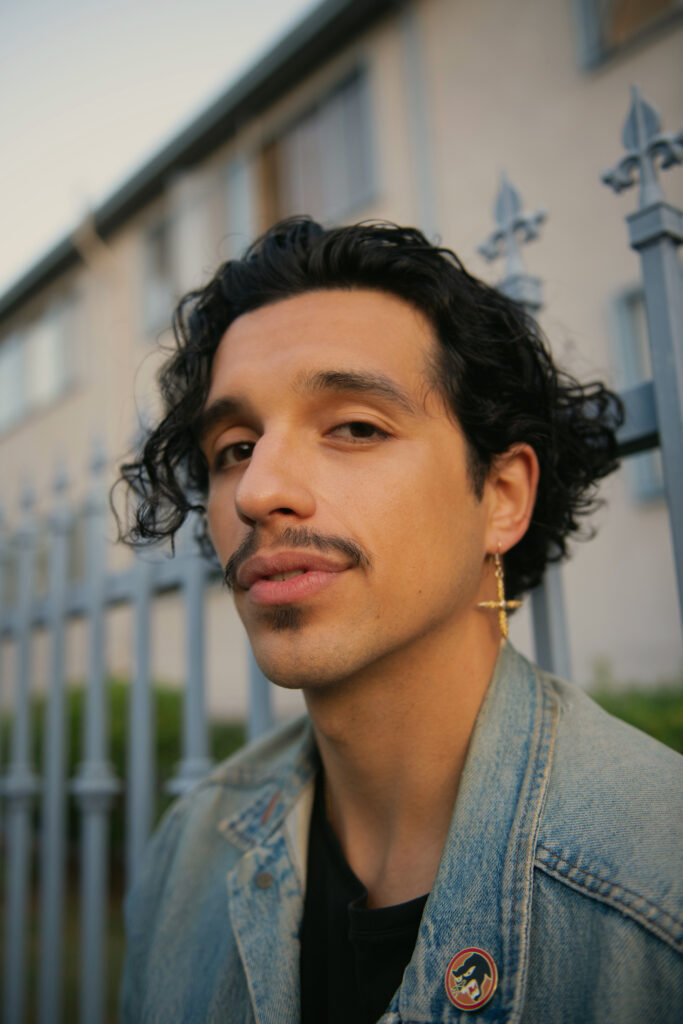
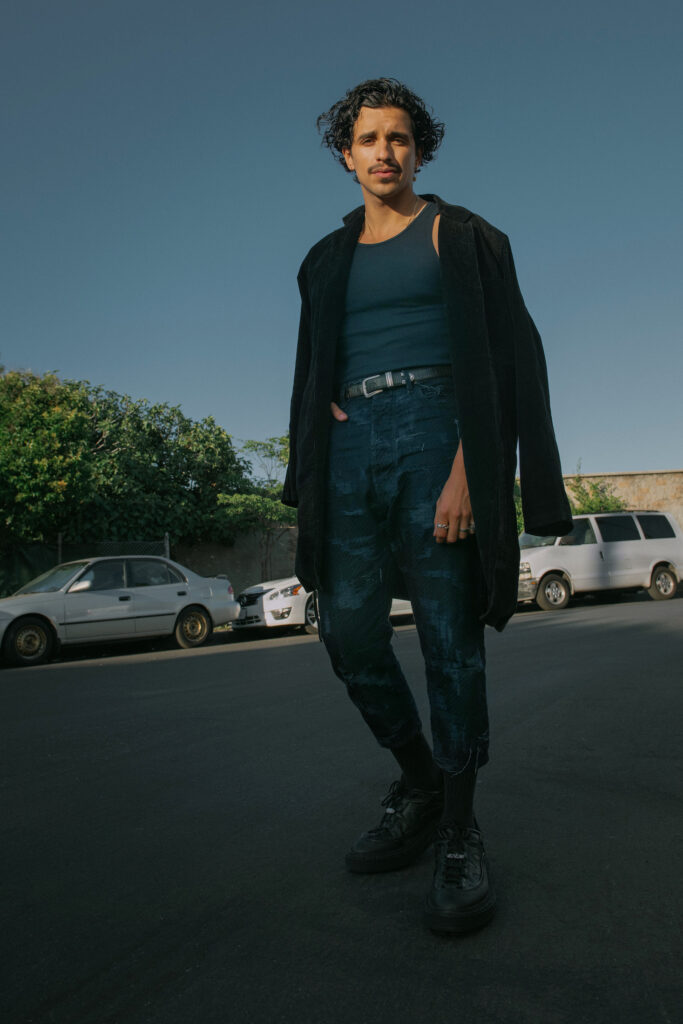
JMT: You’ve played stereotypical Latinx roles before in series like Narcos. What is it like representing Latinxs in a more positive way now?
SC: Something that I’ve encountered a lot as a performer of color is that our parts are frequently woefully underwritten. Many of the roles available for young actors of color (especially early in our careers) basically boil down to their ethnicity & occupation, without much room for nuance or specificity. It then becomes our responsibility to make those half-written characters believable–to inject them with our own wealth of personality and creativity.
Such was not the case here. On first read, Rico seemed to jump off the page. Though his marginalization has led him to this criminal lifestyle, he is not defined by that. He is a regal presence, a queer latino man who wears rings and chains and bracelets and eyeliner and mascara, and nobody would dare step to him for it. He exercises his right to flamboyance and eccentricity, an expression that was frowned upon and practically criminalized by the white people in positions of power at the time. It’s dope.
JMT: Latinx and POC activism seems to be more present now than ever. Do you see any similarities between what was happening back in the 1930s and the current state of affairs?
SC: In the 30s, it was shockingly legal for the government to deport anyone of Mexican heritage, even if they were born in the United States. Los Angeles was a hotbed of racial hatred and oppression, while also being home to generations of chicano people.
Of course a great deal has changed since then, but hatred is still used as a tool of the power-hungry.
It’s heartbreaking to see that the equality that characters on this show struggled for would not be achieved in their lifetimes, but it’s not too late for us. We’re still here fighting for a lot of the same things. It’s amazing that the size and scope of these global protests have captured the full attention of those in power. What really matters now is that people continue to be passionate about racial equality and law enforcement reform in a way that is more than superficial.
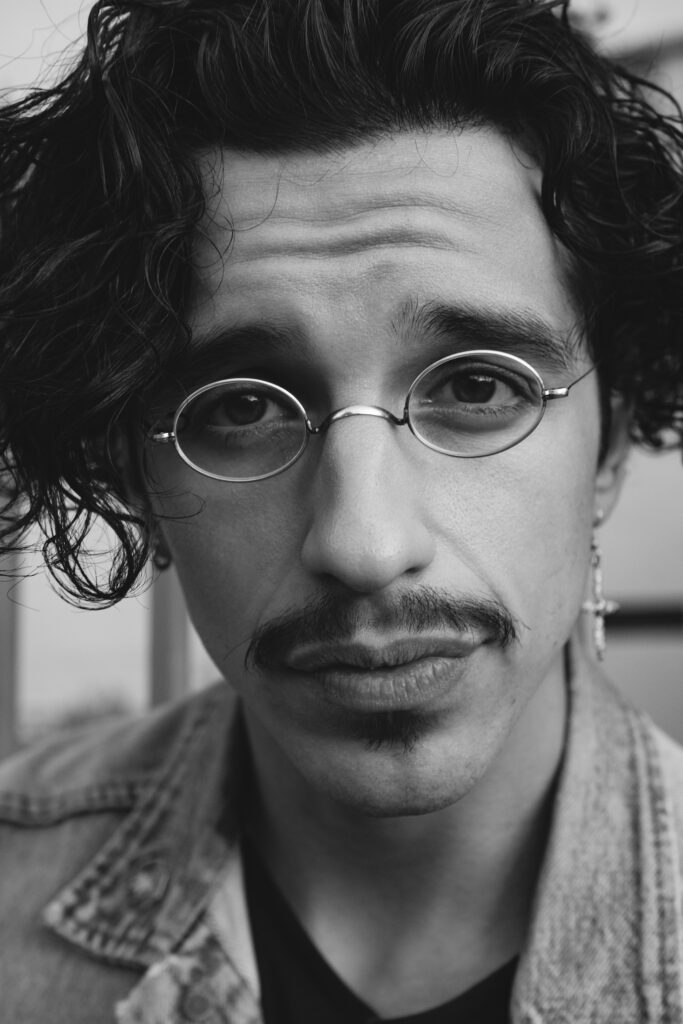
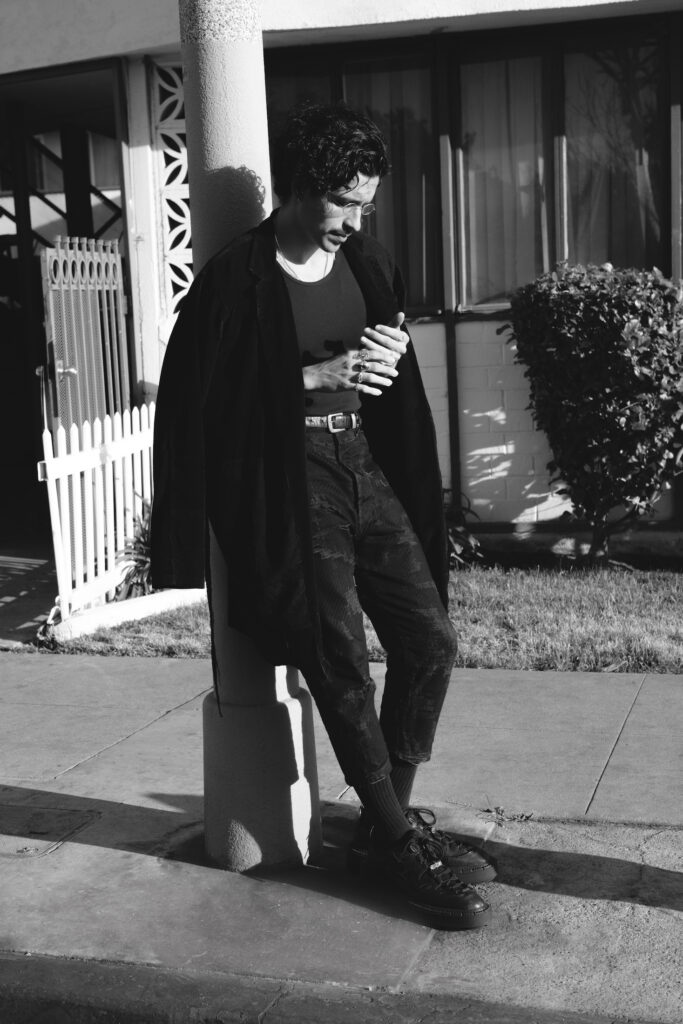
JMT: Your upcoming project Daisy Jones & the Six has been pushed back due to the pandemic. How have you spent the extra time to prepare for the role?
SC: I actually never listened to a lot of classic rock as a kid– I grew up on disco, funk, & latin music. The extra time has really given me the chance to dive into the music that my character would have been influenced by as a rock musician in the 70s. Obviously there’s a lot of rock, but also a lot of jazz, blues, skiffle, etc. I’ve been listening to and watching the work of drummers like Mitch Mitchell, Ginger Baker, and Jo Jones to build an identity of who Warren (my character) is as a player and as a person.
Also with drumming, you have to build muscle, speed, fluidity… You don’t just learn songs note-by-note. You have to get into the groove and feel it in your body. That takes time.
JMT: What is your dream role?
SC: Sheesh, I just wanna play the leader of a gang of interdimensional pirates in a big-budget space opera.
JMT: What is the first thing you’re doing after the pandemic is over?
SC: I’m gonna go out salsa dancing. Specifically at some tiny place where the band is right there on the dance floor and you can’t tell if you’re wet with your own sweat or that of other people.
JMT: Favorite spots in Los Angeles?
SC: I moved here less than a year ago for Penny Dreadful, so I actually haven’t been in LA that long.
There was that Cuban speakeasy, La Descarga, with dancing & a cigar lounge. Heat.
I love Marty and Elaine at the Dresden– they’re really special.
& The Museum of Jurassic Technology is one of my favorite museums ever.
There’s a lot of hidden gems in LA. It’s not like New York where you can just walk around and find all these crazy places. You gotta know about it.
